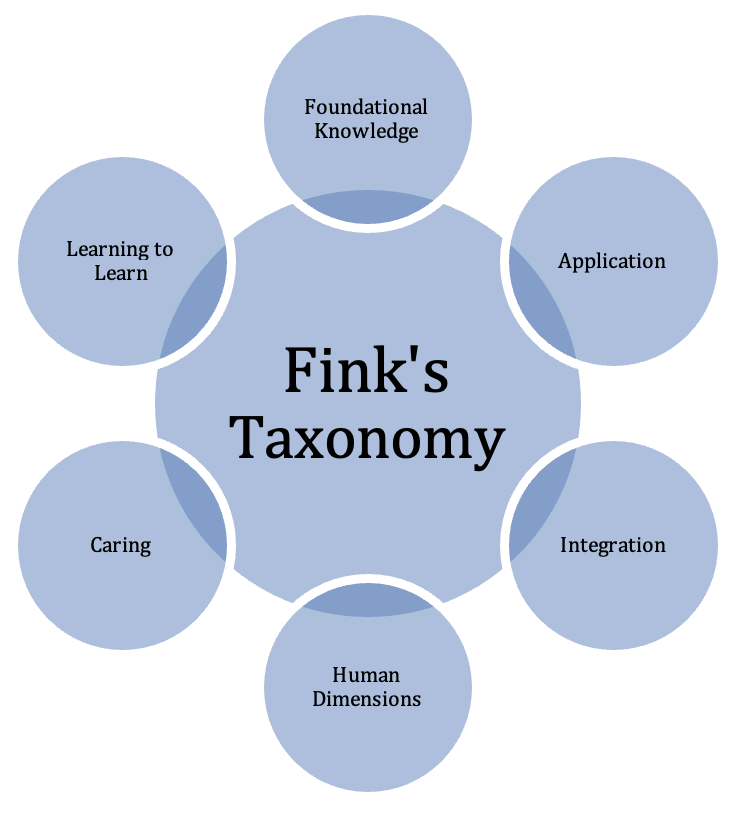Hello! This is Beverly Peters, Faculty Member in Measurement and Evaluation at American University. I am here today with Danuta Dobosz, Talatha Kiazolu-Reeves, Jillian Klarman, Michael Petillo and Tiffany Smith, alumni of our program; and Marshall Bailly and Assetou Barry, who regularly serve as practicum supervisors for our students.
This article on Faculty Perspectives is one in a three-part series where faculty, students, and supervisors reflect on the practicum experience, as found in the curriculum of AU’s Measurement and Evaluation Program. The series provides perspectives for those teaching, designing, and taking evaluation courses, and mentoring novice evaluators.
AU’s Evaluation curriculum requires students to practice what they learn virtually in real time, through organizational partnerships where students conduct research, consult, and produce evaluations. Each practicum is designed to enhance student learning in reference to course objectives and the needs of organizational partners, while supporting academic goals and the personal growth of students as novice evaluators.

Fink’s Taxonomy of Significant Learning provides a framework to understand why and how programs such as ours use practicum assignments to teach evaluation. Following the diagram below, our introductory courses in evaluation theory provide students with foundational knowledge in this field. After taking such courses, students understand and recall evaluation concepts, but learning becomes more significant with the application of concepts in practicum assignments. When students take design and methods courses, they engage in critical thinking and problem solving, as they integrate the curriculum and practicum assignments and make connections to their professional work as novice evaluators.
The human dimension is equally as important, as students become self-reflective evaluators who make connections with their practicum partners. They develop a sense of caring about the evolution of their evaluation practice, their practicum partners, and project collaborators. They often experience new ideas and develop a deeper sense of understanding as they engage in the work of their practicum partners. Students evolve into self-directed learners, as they learn to learn—and engage in reflexivity of themselves and their evaluation practice.
Programs and faculty should engage in concrete steps to support practicum assignments and significant learning:
- Faculty should reach out to potential practicum partner organizations ahead of time to help warm student reception and set realistic expectations.
- Curriculum should include communication skill-building, project planning, and time management.
- Faculty should foster regular mentorship with students and check-ins with practicum supervisors to troubleshoot issues along the way.
But how else can faculty and practicum supervisors support a significant learning journey? These are the topics of Parts II and III of this series. Stay tuned!
Do you have questions, concerns, kudos, or content to extend this aea365 contribution? Please add them in the comments section for this post on the aea365 webpage so that we may enrich our community of practice. Would you like to submit an aea365 Tip? Please send a note of interest to aea365@eval.org . aea365 is sponsored by the American Evaluation Association and provides a Tip-a-Day by and for evaluators. The views and opinions expressed on the AEA365 blog are solely those of the original authors and other contributors. These views and opinions do not necessarily represent those of the American Evaluation Association, and/or any/all contributors to this site.
